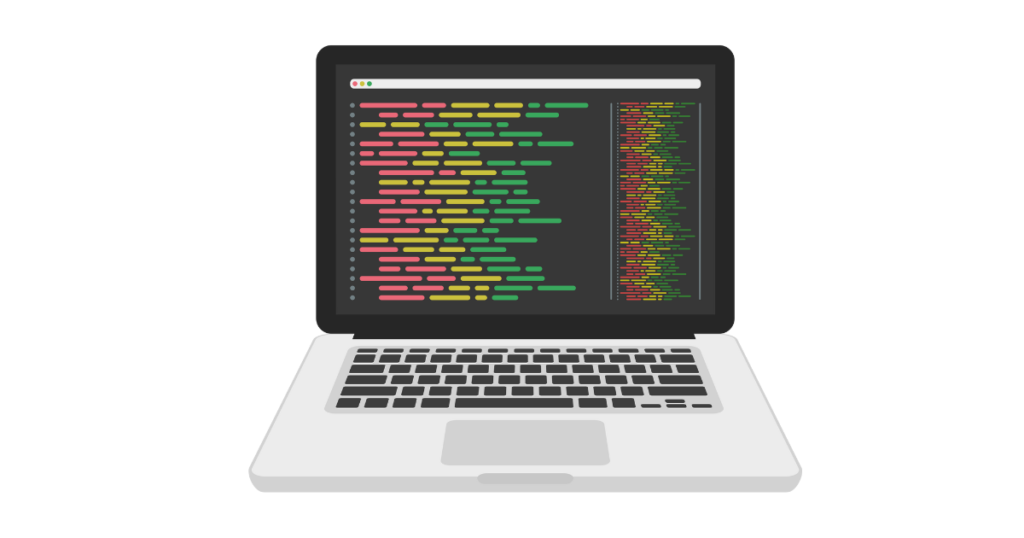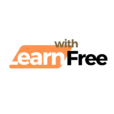In This blog i am toking about All in one paid course free download how to download || Paid course free download kaise kare || paid course
What is web devlopment ?
Web development refers to the process of building and maintaining websites or web applications. It involves a combination of various skills and technologies to create a functional and visually appealing online presence. Web development encompasses both the front-end (client-side) and back-end (server-side) aspects of a website or web application.You can also All in one paid course free download and Enroll free course .
- Front-End Development:
- HTML (Hypertext Markup Language): Provides the structure and content of a web page.
- CSS (Cascading Style Sheets): Controls the presentation and layout, defining the visual style of the web page.
- JavaScript: A scripting language that enables dynamic content, interactivity, and client-side functionality.
- All in one paid course free download How free get ?
- Back-End Development:
- Server-Side Scripting Languages: Such as PHP, Python, Ruby, Node.js, etc., are used to handle server-side logic and data processing.
- Databases: Storing and managing data using databases like MySQL, PostgreSQL, MongoDB, etc.
- Server Environment: Configuring and managing servers to host web applications. Common server environments include Apache, Nginx, and Microsoft IIS.
- Full-Stack Development:
Developers who work on both the front-end and back-end are referred to as full-stack developers. They have a broad range of skills and can handle various aspects of web development. - Web Development Frameworks:

- Front-End Frameworks: Such as React, Angular, and Vue.js provide pre-built components and structures to streamline front-end development.
- Back-End Frameworks: Like Django (Python), Ruby on Rails (Ruby), Express.js (JavaScript), and Laravel (PHP) offer tools and conventions to facilitate back-end development.
- Web Development Tools:
- Code Editors: Developers use tools like Visual Studio Code, Sublime Text, or Atom for writing and editing code.
- Version Control: Git and platforms like GitHub help manage and track changes to code.
- Package Managers: Tools like npm (Node Package Manager) or yarn (alternative to npm) are used to manage project dependencies.
- Responsive Design and Cross-Browser Compatibility:
Ensuring that websites and applications work well on various devices and different web browsers. - Web Development Lifecycle:
- Planning: Defining project goals, requirements, and scope.
- Design: Creating the visual and user interface design.
- Development: Writing code for the front-end and back-end.
- All in one paid course free download in website.
- Testing: Identifying and fixing bugs, testing functionality.
- Deployment: Making the website or application live for users.
- Maintenance: Ongoing updates, improvements, and bug fixes.
- All in one paid course free download.
Web development is a dynamic field with constant advancements in technologies and frameworks. Developers often need to stay updated with the latest trends and tools to create modern, efficient, and secure web applications.
What is Database ?
A database is a structured collection of data organized in a way that a computer program can quickly select and retrieve specific pieces of data. It is a crucial component in information technology and plays a central role in various applications, ranging from simple data storage to complex systems supporting critical business processes.All in one paid course free download kaise kare ?
Key components of a database include:
- Data:
- In a database, data is organized into tables, which consist of rows and columns. Each row represents a record, and each column represents a specific attribute or field.
- Database Management System (DBMS):
- A DBMS is software that provides an interface for interacting with the database. It facilitates the creation, maintenance, and use of the database. Popular DBMS options include MySQL, PostgreSQL, Oracle, Microsoft SQL Server, and MongoDB (a NoSQL database).
- Tables:
- Data in a relational database is stored in tables, where each table has a unique name and consists of rows and columns. Tables are designed to represent entities and their relationships.
- Fields (Attributes or Columns):
- Columns in a table represent specific properties or attributes of the data. For example, in a table storing information about employees, columns might include “EmployeeID,” “FirstName,” “LastName,” and “Department.”

- Records (Rows):
- Each row in a table represents a single record or instance of the entity being modeled. Continuing with the employee example, each row might represent a different employee’s information.
- Keys:
- Keys are used to uniquely identify records within a table. The primary key is a unique identifier for each record, while foreign keys establish relationships between tables.
- Relationships:
- In a relational database, tables are related to each other based on common fields. Relationships define how data in one table relates to data in another, helping to maintain data integrity and consistency.
- SQL (Structured Query Language):
- SQL is a language used to interact with relational databases. It allows users to perform tasks such as querying data, inserting, updating, and deleting records, and defining the structure of the database.
- Normalization:
- The process of organizing data in a database to reduce redundancy and dependency. Normalization helps ensure data integrity and consistency.
Databases are fundamental to many applications, from simple desktop applications to large-scale enterprise systems. All in one paid course free download how to download .They enable efficient data storage, retrieval, and management, supporting the needs of businesses, organizations, and developers in handling and processing vast amounts of information.
♻️Share And Support us♻️
Course Teacher : – All in one
Course Language : Hindi & English
Course Size : 14GB +
Course : All in one paid course free download
All in one paid course free download Click For Download :

Join To Our Telegram Group :


I downloaded the web development videos in your premium course video but now the link is not opening I really need another video I hope you can help me
this link is copyright that why this link is not open , give me sometime i am providing new link ok.
thank you thank you so much for help.this was amazing website for learning.please provide as soon as possible.
thank you thank you so much for help.this was amazing website for learning.please provide as soon as possible.